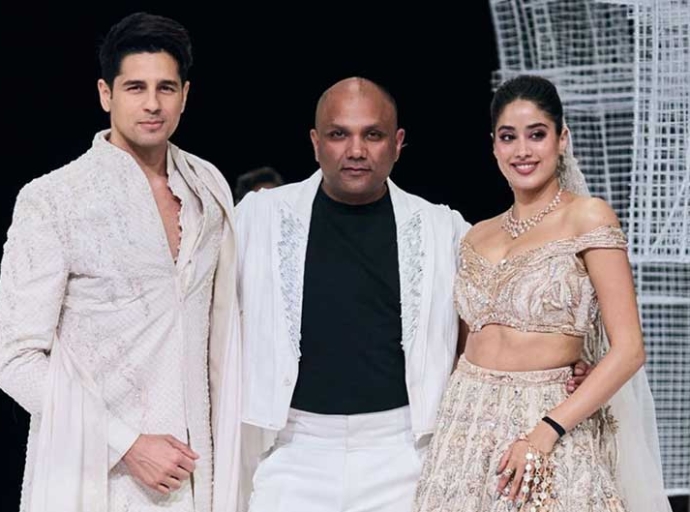08 April 2023, Mumbai
Whilst Western economies are facing tough times due to a slowdown and long-drawn Russo-Ukrainian conflict, the scenario in India seems a little different as the nation’s economy became the world’s fifth largest and continues to surge ahead.
India may well be on a post-pandemic recovery as consumers are showing a marked preference for premium products that are increasing the average selling price of personal devices, electronics, and home appliances in particular.
A case in point, Deloitte India conducted research in September 2022 to report Indians preferred the driving experience over price whilst purchasing a car – assessing automobiles in the range of Rs 10-25 lakhs, despite the ongoing fear of inflation.
In fact, the waiting period for premium automobiles is usually anywhere between a month to three but that wasn’t a deterrent either. The report concluded that the value-for-money Indian consumer has transformed to being experienced and perceived quality driven. What is interesting is most Indian consumers today are digitally savvy. The role of social and digital media in premiumization is resulting in creating experiences rather than products that are exclusive and convenience based.
What the industry says
As consumers look for a taste of the good life, sales of products in the premium range, which constitute goods or services that cost at least 20 percent more than the average price for the category, are growing at a rapid pace. The premium segment is turning out to be a bright spot in a challenging retail environment, with brands consciously innovating to capitalize on the trend.
It is for this reason that several companies have also changed their product portfolio mix in the last two years with a higher focus on premium products. Experts say, although premiumization started in 2021, and prices have stabilized since mid-2022, the increasing move towards buying premium products has kept pushing up the average selling price.
Entry and mid-level products contribute up to 80 per cent of total sales but the average selling price of premium products is increasing. Market research by GfK revealed in 2022, the cost of laptops, televisions, and domestic appliances had seen an increase of 9 per cent, 4 per cent and 6 per cent respectively, compared to 2021.
The item that has seen the most increase in personal devices is the smartphone – the average selling price saw a hike of 18 per cent according to Data Corporation, a research firm. The premium segment is growing and the mass segment is shrinking. This buying pattern is an aspirational one to the convenience and simplicity of feature-rich products.
Same trend in fashion and luxury
Whilst a lot of research has gone into indicating the premiumisation of personal devices, electronics, home appliances, and automobiles, the apparel and accessories sector has seen the same trend.
For example, Bata India revealed sneakers with an average selling price of Rs 2,000, premium Hush Puppies with an average selling price of Rs 4,000 and Comfit with an average selling price of Rs 2,100 were the bestsellers for the company whereas shoes priced at an average of Rs 1,000 and just below were witnessing a drop.
Luxury is most evident in the Indian consumer preferring personalized experiences as luxury offerings across all categories including fashion are seeing the growth that is attracting international luxury brands making a beeline to India.
Latest Publications


































